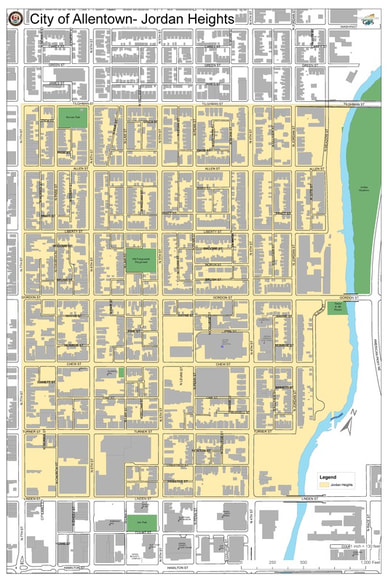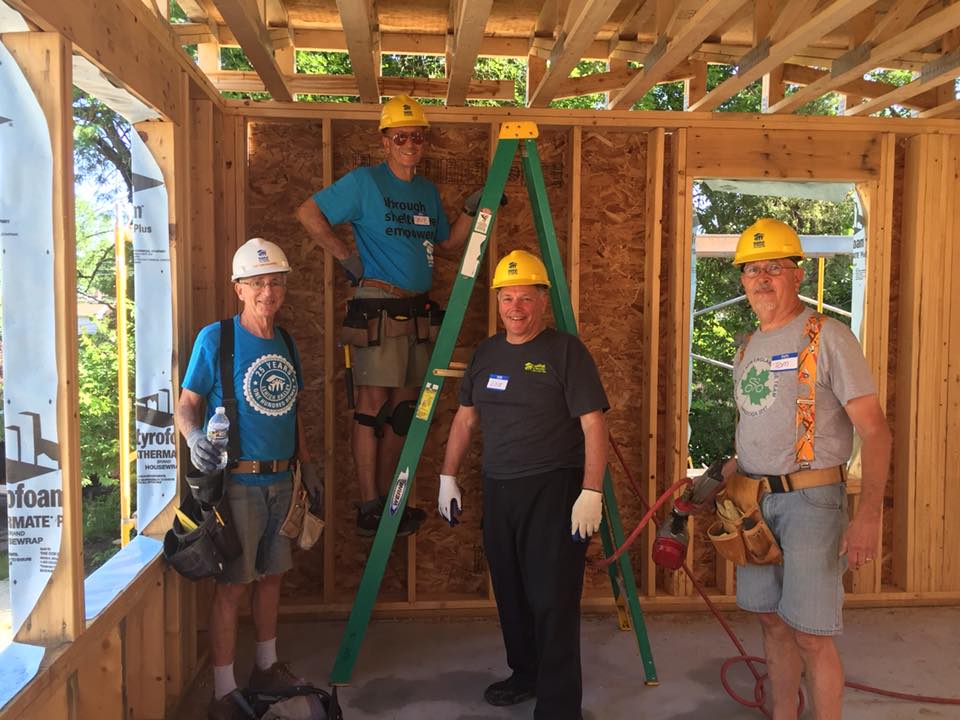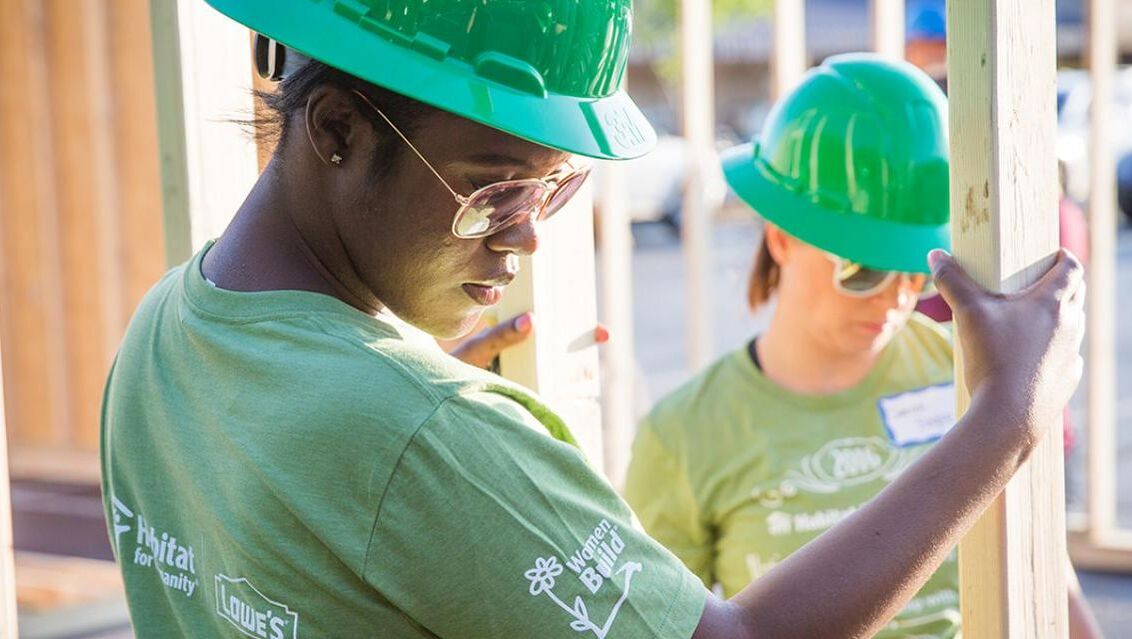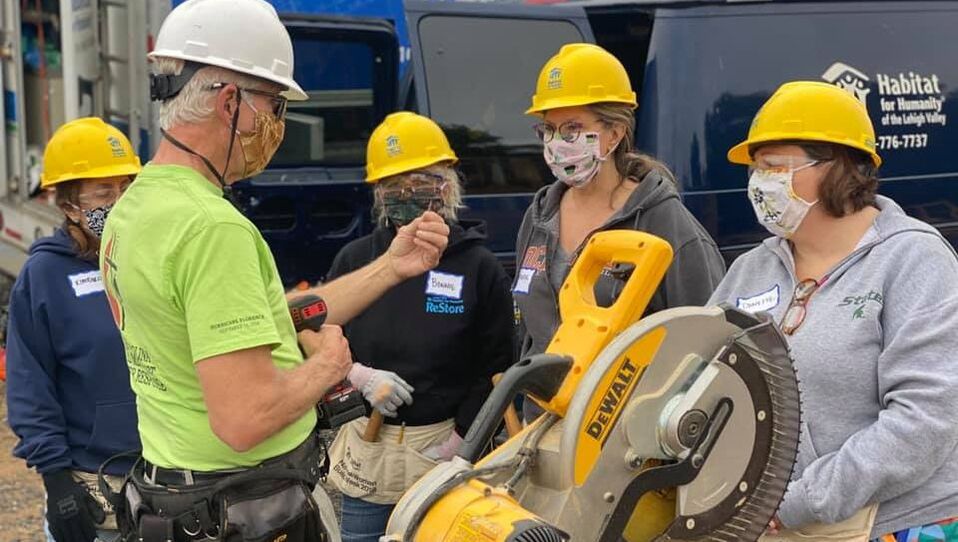- ABOUT US
-
CHAMBERS & COUNCILS
- Chambers, Councils & Committees Overview
-
Cities & Communities
>
- Chamber Map
- Allentown Area Chamber >
- Bethlehem Area Chamber >
- Downtown Bethlehem Association | Lehigh Valley Chamber
- Carbon Chamber & Economic Development Corporation
- East Penn Area Chamber >
- Easton Area Chamber >
- Emmaus Main Street Partners >
- Forks Business Association >
- Greater Northampton Area Chamber
- Greater Northern Lehigh Chamber
- Hellertown Lower Saucon Area Chamber
- Nazareth Area Chamber
- Phillipsburg Area Chamber >
- Pocono Chamber of Commerce
- Southern Lehigh Area Chamber
- Western Lehigh Area Chamber
- Whitehall Area Chamber
- Business Councils >
-
Diversity Councils
>
- EVENTS
- Public Policy
-
MEMBERSHIP
- BUSINESS DIRECTORY
-
COMMUNITY
- ABOUT US
-
CHAMBERS & COUNCILS
- Chambers, Councils & Committees Overview
-
Cities & Communities
>
- Chamber Map
- Allentown Area Chamber >
- Bethlehem Area Chamber >
- Downtown Bethlehem Association | Lehigh Valley Chamber
- Carbon Chamber & Economic Development Corporation
- East Penn Area Chamber >
- Easton Area Chamber >
- Emmaus Main Street Partners >
- Forks Business Association >
- Greater Northampton Area Chamber
- Greater Northern Lehigh Chamber
- Hellertown Lower Saucon Area Chamber
- Nazareth Area Chamber
- Phillipsburg Area Chamber >
- Pocono Chamber of Commerce
- Southern Lehigh Area Chamber
- Western Lehigh Area Chamber
- Whitehall Area Chamber
- Business Councils >
-
Diversity Councils
>
- EVENTS
- Public Policy
-
MEMBERSHIP
- BUSINESS DIRECTORY
-
COMMUNITY







